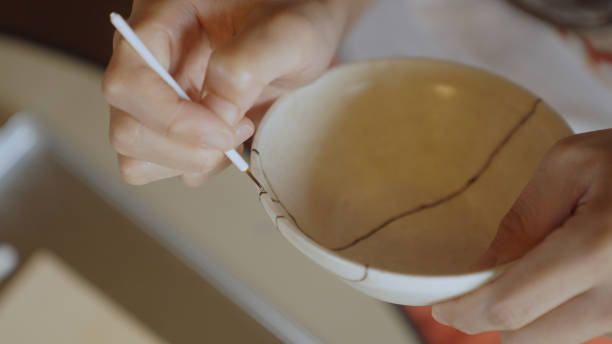Introduction:
In the world of fashion, Japan stands
as a beacon of craftsmanship where traditional techniques seamlessly merge with
cutting-edge scientific innovation. In an era driven by environmental
consciousness, sustainability, and ethical considerations, the Japanese textile
industry has embarked on a quest to create futuristic materials that redefine
the fabric of fashion.
Reinventing Textiles with Recycled Materials:
One remarkable innovation that has
taken center stage is the emergence of organza fabric crafted entirely from
recycled plastic bottles. Typically, organza is a delicate and thin material,
often used in wedding dresses, and traditionally made from polyester threads.
Its fragility can pose challenges during production. However, Suncorona Oda, a
Japanese textile manufacturer, has developed an eco-friendly version of organza
using recycled fibers, maintaining the fabric's exquisite suppleness through
their unique fiber-separation technology. This innovation involves the
expertise of skilled craftsmen from all corners of Japan, ensuring the
preservation of traditional craftsmanship.
Dreaming Up Futuristic Materials:
Japanese bio-venture company Spiber
has pushed the boundaries of textile creation by drawing inspiration from
nature's engineering marvels, particularly spider webs. Spiber's Brewed
Protein™ material, derived from an original microorganism fermentation process
utilizing plant biomass, mimics the strong and stretchy properties of spider
silk. Unlike conventional textiles, Brewed Protein™ relies neither on synthetic
fibers nor petroleum-derived plastics, making it a beacon of environmental
friendliness. Spiber's vision extends to diverse applications, including
clothing, medical products, and cosmetics, offering a promising glimpse into a
sustainable future.
Japanese Traditions and Innovations for the World:
The kimono, an emblem of Japanese
culture, has long captivated global attention. Nishijin-ori, a distinct fabric
woven from dyed silk threads in Kyoto, has garnered acclaim for its intricate patterns.
Traditionally, Nishijin-ori is woven at a narrow width of 32 cm, limiting its
versatility. HOSOO, a company with a rich history in Nishijin-ori production,
undertook a year-long endeavor to develop a loom that expands the fabric to a
global standard width of 150 cm. This innovation opens new horizons for
Nishijin-ori, making it suitable for dresses and interior design textiles.
Japanese Sustainability and Tradition:
Japanese culture places great
importance on the conservation of possessions. Traditional kimono, crafted from
natural materials like silk, embody this spirit by allowing threads to be
undone and the fabric remade into new garments, passed down through
generations. This sustainability ethos underscores Japan's commitment to
preserving the environment and cultural heritage.



.jpg)



